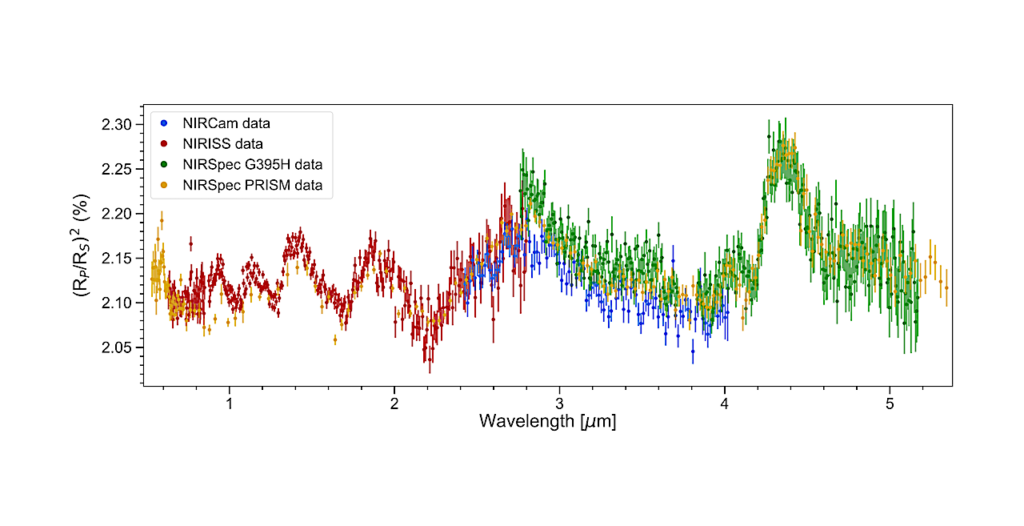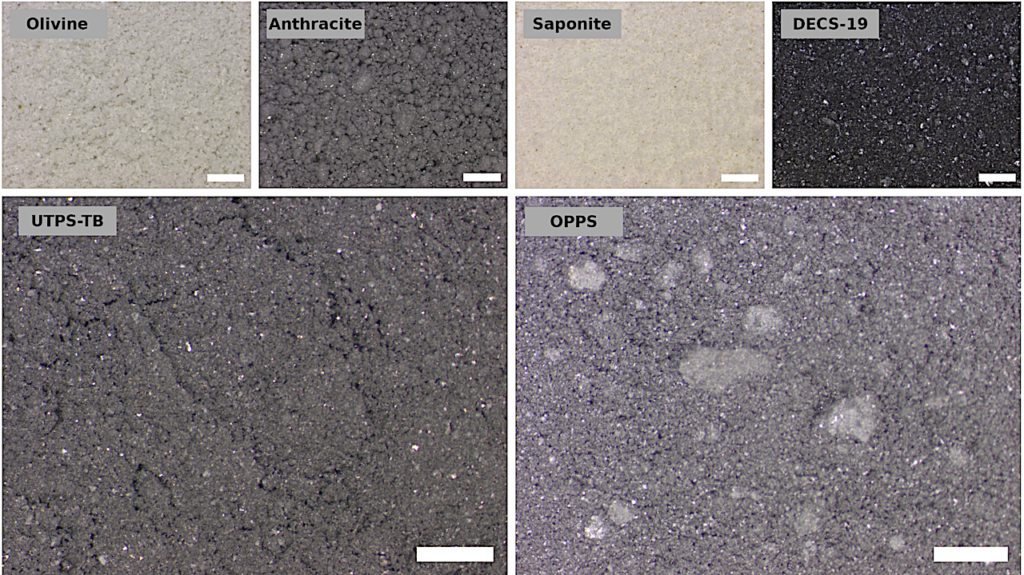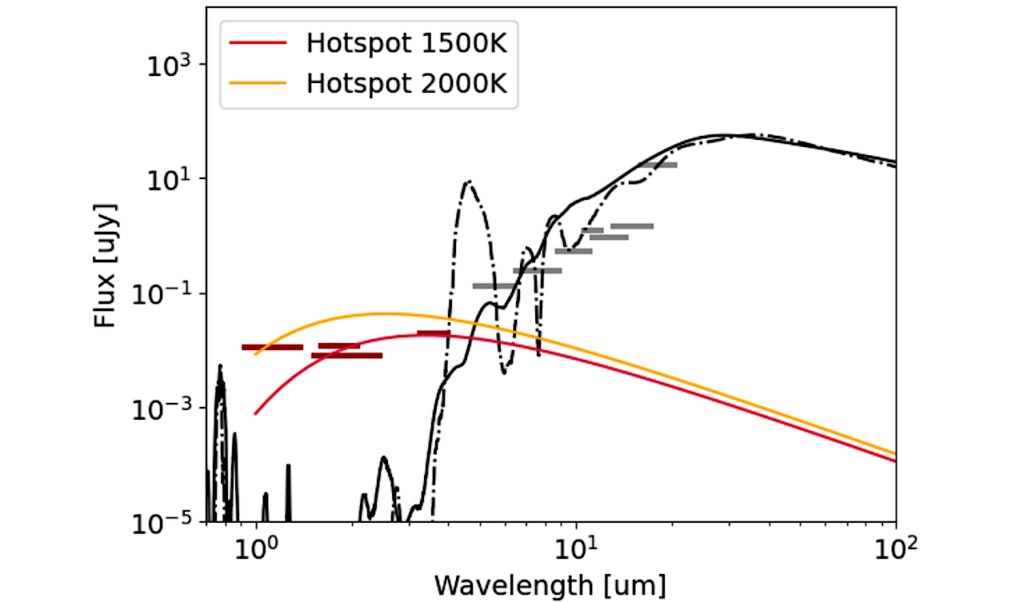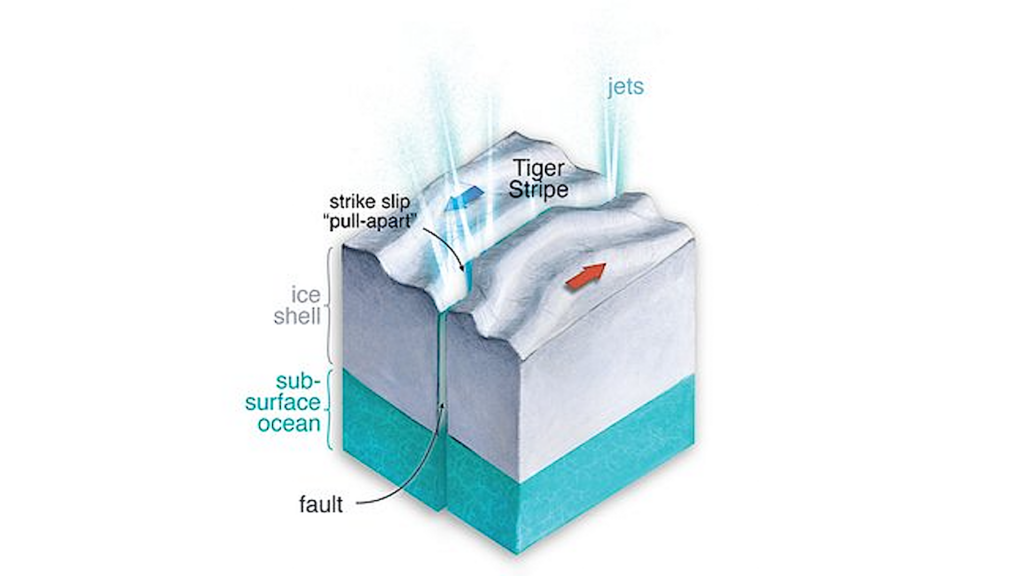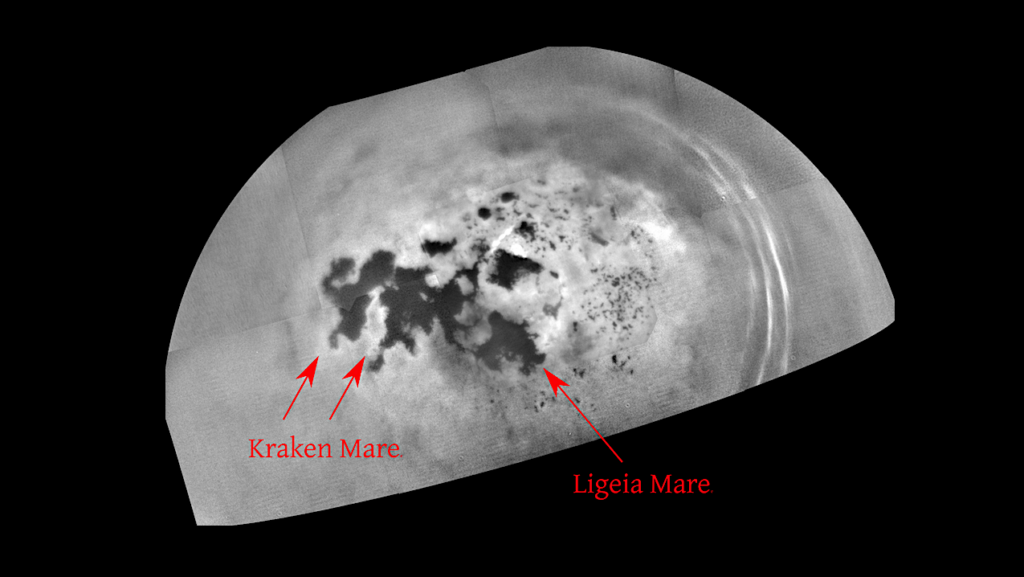The Implications of Thermal Hydrodynamic Atmospheric Escape on the TRAPPIST-1 Planets
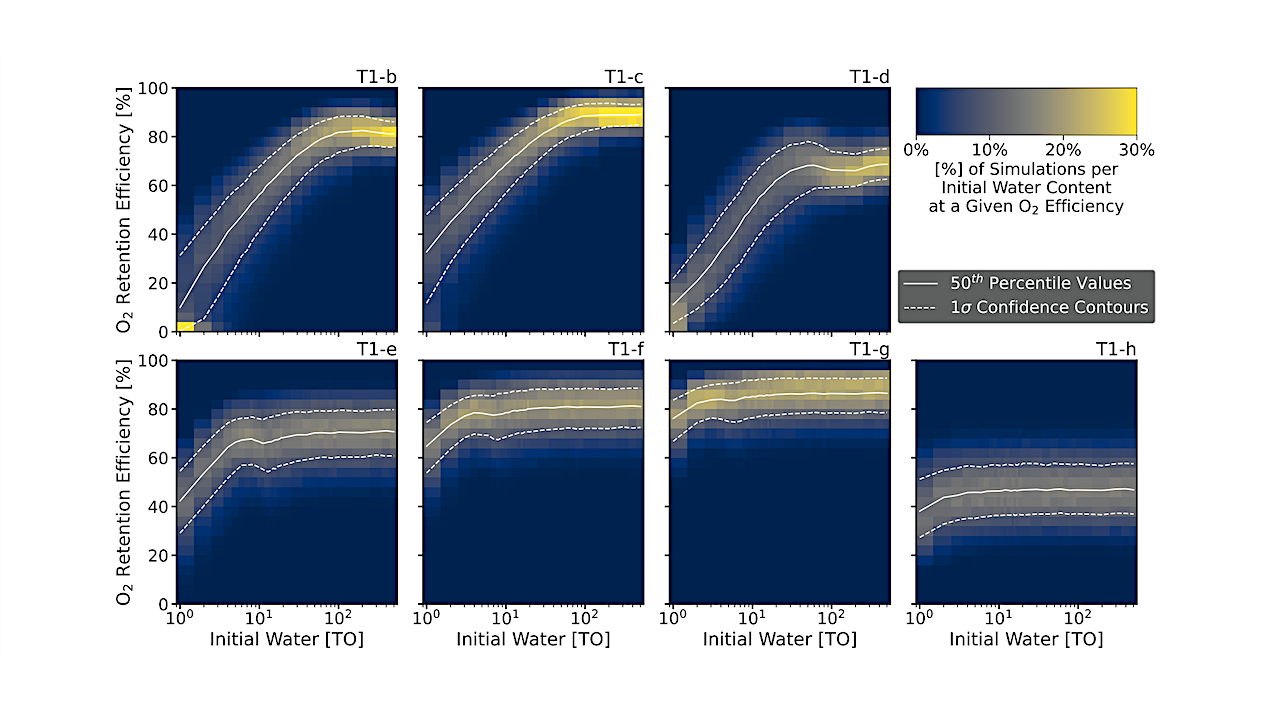
JWST observations of the 7-planet TRAPPIST-1 system will provide an excellent opportunity to test outcomes of stellar-driven evolution of terrestrial planetary atmospheres, including atmospheric escape, ocean loss and abiotic oxygen production.
While most previous studies use a single luminosity evolution for the host star, we incorporate observational uncertainties in stellar mass, luminosity evolution, system age, and planetary parameters to statistically explore the plausible range of planetary atmospheric escape outcomes.
We present probabilistic distributions of total water loss and oxygen production as a function of initial water content, for planets with initially pure water atmospheres and no interior-atmosphere exchange. We find that the interior planets are desiccated for initial water contents below 50 Earth oceans. For TRAPPIST-1e, f, g, and h, we report maximum water loss ranges of 8.0+1.3−0.9, 4.8+0.6−0.4, 3.4+0.3−0.3, and 0.8+0.2−0.1 Earth oceans, respectively, with corresponding maximum oxygen retention of 1290+75−75, 800+40−40, 560+30−25, and 90+10−10 bars.
We explore statistical constraints on initial water content imposed by current water content, which could inform evolutionary history and planet formation. If TRAPPIST-1b is airless while TRAPPIST-1c possesses a tenuous oxygen atmosphere, as initial JWST observations suggest, then our models predict an initial surface water content of 8.2+1.5−1.0 Earth oceans for these worlds, leading to the outer planets retaining >1.5 Earth oceans after entering the habitable zone. Even if TRAPPIST-1c is airless, surface water on the outer planets would not be precluded.
Megan T. Gialluca, Rory Barnes, Victoria S. Meadows, Rodolfo Garcia, Jessica Birky, Eric Agol
Comments: 33 pages including appendix. Accepted for Publication in the Planetary Science Journal
Subjects: Earth and Planetary Astrophysics (astro-ph.EP)
Cite as: arXiv:2405.02401 [astro-ph.EP] (or arXiv:2405.02401v1 [astro-ph.EP] for this version)
Submission history
From: Megan Gialluca
[v1] Fri, 3 May 2024 18:00:03 UTC (1,954 KB)
https://arxiv.org/abs/2405.02401
Astrobiology,


